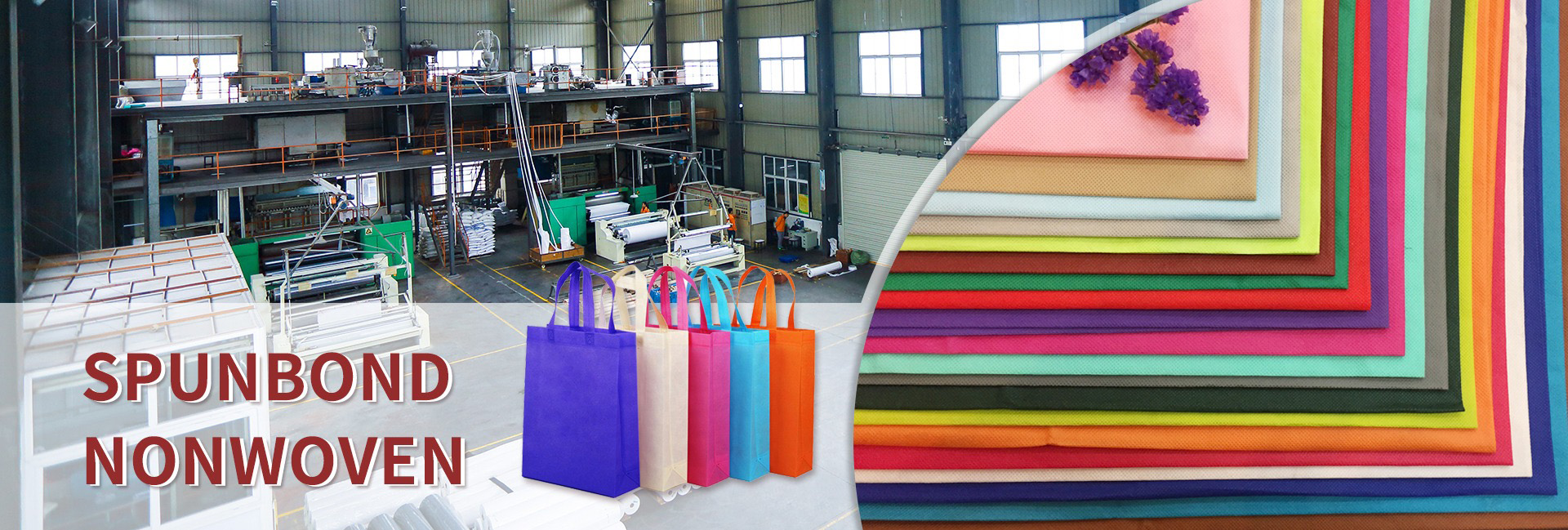For the medical or civil mask, the meltblown nonwoven fabric is a important role as the filter layer.The meltblown fabric relies on electrostatic effects to adsorb and capture fine dust particles.It has the trapping effect of ordinaryfilter materials. It can also block PM2.5.
The core function of meltblown nonwovens depends on its electrostatic adsorption capacity (accounting for more than 70% of the filtration efficiency). Improper storage will cause static charge decay, which will greatly reduce the filtration efficiency (can drop to below 35%). The following is a professional storage solution based on industry standards and experimental data:
Core environmental parameter control
Temperature and humidity management
Temperature: 18~32℃ is recommended, and the maximum should not exceed 35℃. High temperature will accelerate the degradation of polypropylene molecules and charge escape.
Humidity: Relative humidity must be strictly controlled at 40%~60%.
Basis: Experiments show that when the relative humidity is greater than 80%, the static electricity decays by more than 60% within 7 days; when it is greater than 95%, the decay reaches more than 72%.
Measures: The warehouse needs to be equipped with temperature and humidity monitoring and dehumidification equipment (such as industrial dehumidifiers), which will automatically start when the humidity exceeds the standard.
Light avoidance and cleanliness
Ultraviolet rays will destroy the polypropylene molecular chain and accelerate the aging of the material. It needs to be stored in a light-proof environment and use a dust cover to isolate dust (dust carries opposite charges that will neutralize static electricity).
The warehouse must meet the cleanliness requirements (such as ISO level 8 or above) and be disinfected and mildew-proofed regularly.
Packaging and sealing specifications
Vacuum packaging
After production, it should be vacuum-sealed with aluminum foil composite film or PE bag immediately to block water vapor and air contact.
Case: The filtration efficiency of the vacuum-packed meltblown cloth only decreased by 5% after one year of storage, while the unsealed one decreased by more than 30%.
Roll isolation
Single rolls are packaged independently to avoid stacking of cloth rolls from different batches (different charge polarities may neutralize each other).
Use insulating pallets (such as PP plastic racks) when placing, and do not directly contact metal shelves (metal conduction accelerates charge loss).
Warehouse location and facilities
Location requirements: stay away from strong electric field equipment (such as transformers, large motors), chemical reagent storage area 38.
Ventilation system: ≥4 air changes per hour, keep air circulation but avoid strong convection (to prevent moisture condensation).
Shelf layout: ≥50cm from the wall, ≥20cm from the ground, and the stacking height shall not exceed 3 layers (to prevent the fiber structure from being crushed).
Shelf life and quality control
Validity period management
Ordinary meltblown cloth: 12~18 months (natural degradation limit of polypropylene).
Adding permanent electret masterbatch (such as gas silicon method MPJ156): can be extended to 3 years (needed to add ≥3%).
Regular inspection
Sampling test every 3 months:
Electrostatic electret retention (surface potential meter detection)
Filtration efficiency (TSI 8130A automatic filter material tester).
If the efficiency drops below 90% or odor or mildew occurs, it will be discarded.
Common risks and responses
In high humidity environment, static electricity decays by more than 70% in 7 days, and a dual backup dehumidification system is installed in the warehouse; high temperature exposure causes polypropylene oxidation and embrittlement, and blackout curtains + temperature control alarms are installed in the warehouse; metal contact causes instantaneous loss of charge, and the shelves are covered with insulating materials (such as silicone pads); mixing different batches, the charge neutralization efficiency drops sharply, and labeling management is carried out in different areas and batches.
Operation suggestions
Inspection of new arrivals: let it stand for 24 hours to balance the temperature and humidity before unpacking to avoid condensation when opening the bag.
Small batch use: unpack as needed, and heat seal the remaining part immediately (high-frequency heat sealing machine is recommended for sealing).
Expired cloth treatment: recycling and granulation after degradation (special melting equipment is required), and secondary electret use is prohibited.
Dongguan Liansheng Non woven Technology Co., Ltd. was established in May 2020. It is a large-scale non-woven fabric production enterprise integrating research and development, production, and sales. It can produce various colors of PP spunbond non-woven fabrics with a width of less than 3.2 meters from 9 grams to 300 grams.
Post time: Jul-10-2025

